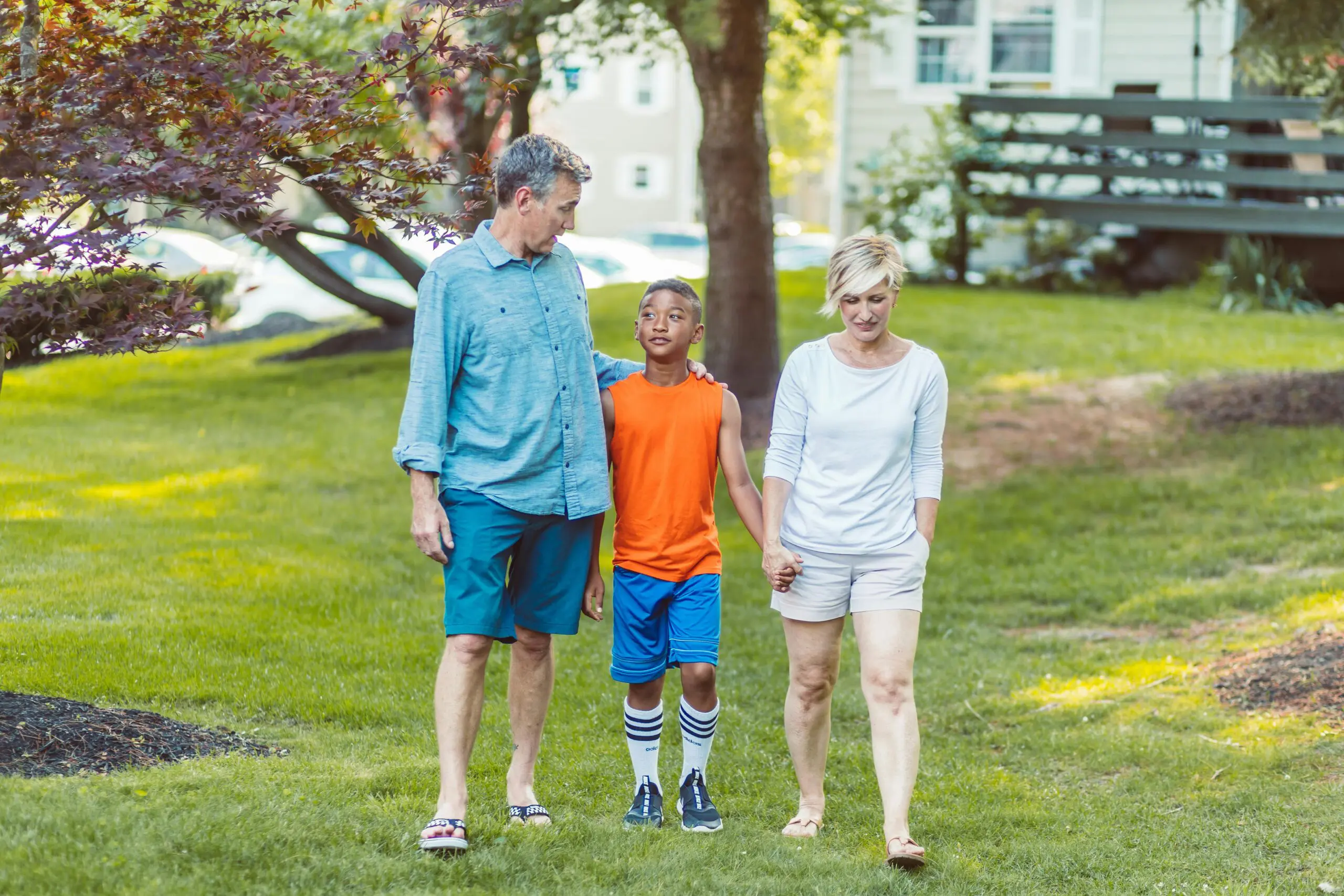Project Summary
Every year, children and youth who are placed into the care of residential treatment facilities or foster homes run away from these placements. Yet Colorado does not have standard protocols in place to stop them, an established system to find them, or consistent methods to assess and care for them when they return. Recognizing these significant deficits, the Colorado legislature created a task force (House Bill 22-1375) starting in fall 2022 to study and find ways to improve systems and programs to prevent children and youth from running away from care. Statute required the task force, staffed and chaired by the Child Protection Ombudsman (CPO), to partner with an institution of higher education to support the task force’s work and conduct focus groups. The CPO selected the Colorado Lab as the higher education partner, and the Colorado Lab contracted with Kristin Myers of Congress Park Counseling and Consulting to facilitate a series of focus groups with children in out-of-home placement, young adults who aged out of the child protection system, and out-of-home placement providers. The Colorado Lab submitted findings from the focus groups to the task force on April 1, 2023, to inform the remainder of the group’s work. The task force submitted its final report to the Governor and General Assembly by October 1, 2024.
Steps to Building Evidence
This descriptive work helps policymakers understand the lived experiences of the target population of youth who run from out-of-home placements. Understanding why children and youth run away supports development (or refinement) of a theory of change which is essential for identifying opportunities to intervene. This type of research helps decision makers understand what kinds of interventions are likely to work, for whom, and under what conditions. Through self-report, it loosely connects Step 3 on the Steps to Building Evidence (the outcome of running away from a placement) back to Step 2 (current processes, including youth and provider experiences) and Step 1 (the theory of change).
Summary of Findings
The focus group results, presented in Strengthening Connections: Youth and Provider Perspectives on Youth Running from Out-of-Home Placements, showed three conditions that cause children and youth to run away from care:
- Running from the placement due to dysregulation from triggering events (such as news that they were missing out on events at home), disconnection from staff, and responses to previous trauma.
- Running to connectedness and familiarity.
- Running due to typical adolescent behavior, including an inability to consider the consequences of running.
Actionability
The task force used the Colorado Lab’s report to establish standard characteristics that place a child or youth at a higher risk for running. They also considered data collected from other states that showed children who are removed from their homes at an older age are more likely to run away and that children of color, and especially Black children, are more likely to run.
The task force’s final report encourages state lawmakers to act on their recommendations, including:
- Develop a statewide data system to collect information on children and youth who run away from care, including their age and race, how they were able to run, and why.
- Use data from this system to inform the creation of statewide systems that:
- Designate a child or youth’s level of risk for running away from care;
- Provide standard response protocols; and
- Determine the likelihood that a runaway child will become a victim of crime.
- Analyze existing state laws and regulations, and placement facility protocols in responding to a child’s threat to run away, and clarify when and how to intervene.
- Develop statewide standards to prevent and address runaway behavior.
- Identify resources and approaches for out-of-home placement facilities, county departments of human or social services, and law enforcement to coordinate efforts related to children who run away from out-of-home placement.
- Create a runaway prevention curriculum that would be required for all foster parents and residential centers.
- Provide access to a short-term stabilization center for runaways who return to help them deal with the trauma that occurred while they were on the run.
Get Involved
For more information about working with the Colorado Lab, see Government and Community Partnerships or Research Partnerships.
